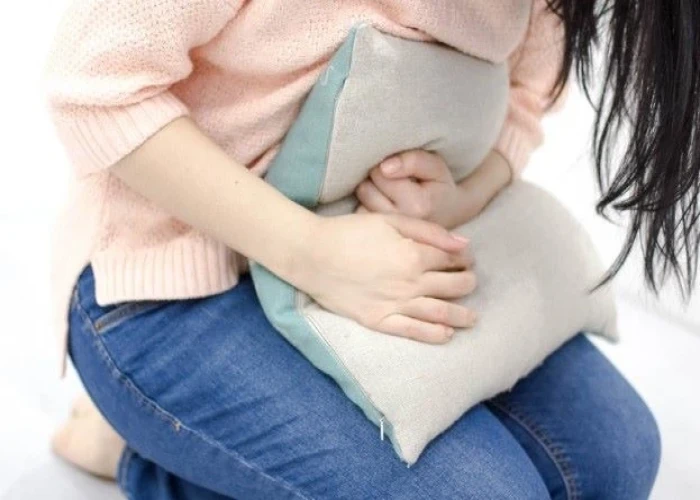 Welcome
Welcome
“May all be happy, may all be healed, may all be at peace and may no one ever suffer."
Mittelschmerz
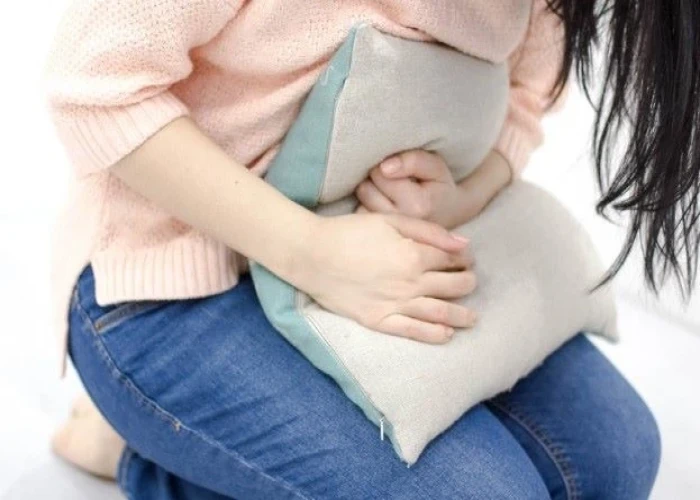
Mittelschmerz is a German term that refers to abdominal pain or cramping that occurs during ovulation in some women. The pain is usually felt on one side of the lower abdomen and can range from a mild ache to a sharp, intense pain that lasts for several hours.
Mittelschmerz occurs when the egg is released from the ovary and causes irritation or stretching of the ovarian tissue, which can trigger pain and discomfort. The pain may also be accompanied by other symptoms such as bloating, nausea, and spotting or light bleeding.
While Mittelschmerz is a common and usually harmless condition, it can sometimes be confused with other more serious medical conditions such as appendicitis or ovarian cysts. Women who experience severe or unusual symptoms should seek medical attention to rule out any underlying medical conditions.
Treatment for Mittelschmerz may include over-the-counter pain relievers such as ibuprofen or acetaminophen to relieve pain and discomfort. Other treatments may include hormonal birth control, which can help regulate ovulation and reduce the severity of symptoms.
In most cases, Mittelschmerz is a temporary and self-limited condition that resolves on its own without treatment. Women who experience regular or severe symptoms may benefit from keeping track of their menstrual cycle and ovulation to identify patterns or triggers for their symptoms.
Research Papers
Disease Signs and Symptoms
- Lower abdomen pain
- Menstrual cramps
- Vaginal bleeding
Disease Causes
Mittelschmerz
Mittelschmerz occurs during ovulation, when the follicle ruptures and releases its egg. Some women have mittelschmerz every month; others have it only occasionally.
The exact cause of mittelschmerz is unknown, but possible reasons for the pain include these:
- Just before an egg is released with ovulation, follicle growth stretches the surface of your ovary, causing pain.
- Blood or fluid released from the ruptured follicle irritates the lining of your abdomen (peritoneum), leading to pain.
Pain at any other point in your menstrual cycle isn't mittelschmerz. It may be normal menstrual cramping (dysmenorrhea) if it occurs during your period, or it may be from other abdominal or pelvic problems. If you have severe pain, see your doctor.
Disease Prevents
Disease Treatments
Possible treatments for mittelschmerz include:
- Pain relievers. For the relief of discomfort from mittelschmerz, try an over-the-counter drug such as acetaminophen (Tylenol, others), aspirin, ibuprofen (Advil, Motrin IB, others) or naproxen sodium (Aleve).
- Birth control pills (oral contraceptives). If mittelschmerz causes you a lot of discomfort or occurs monthly, ask your doctor about taking birth control pills. Some types of birth control pills suppress ovulation, which could help ease ovulation pain while you're taking them.
Disease Diagnoses
Disease Allopathic Generics
Disease Ayurvedic Generics
Disease Homeopathic Generics
Disease yoga
Mittelschmerz and Learn More about Diseases
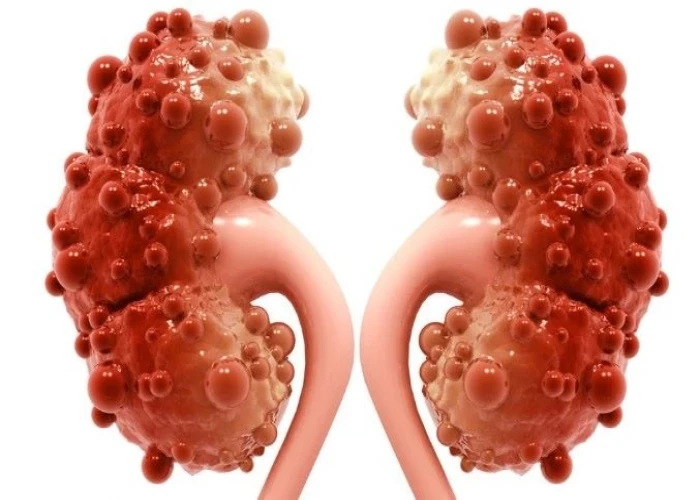
Polycystic kidney disease

Balance problems
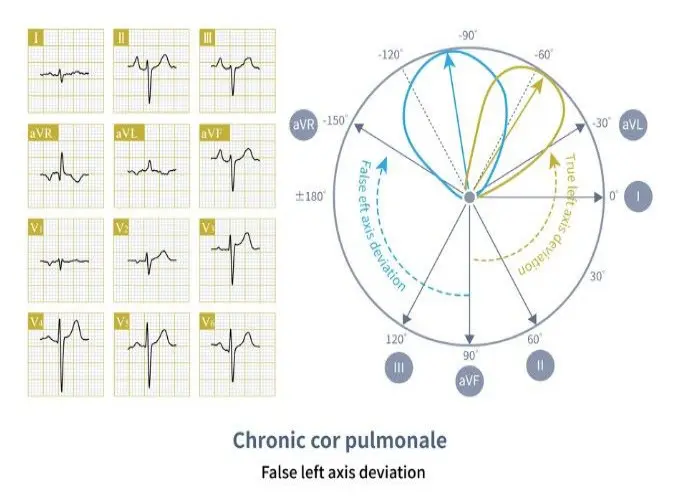
Cor Pulmonale
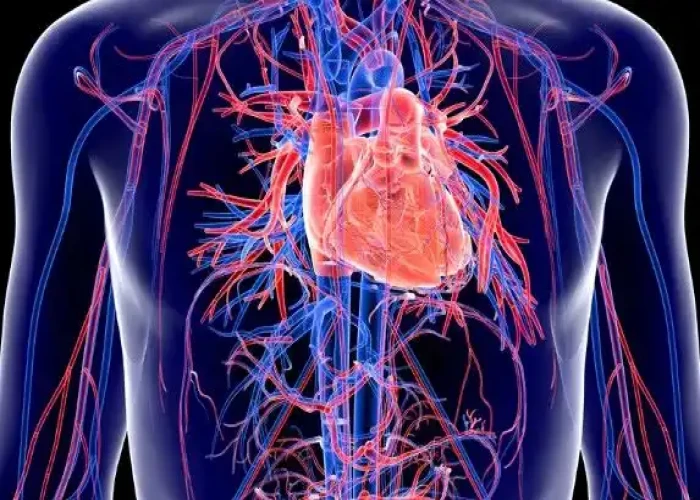
Transposition of the great arteries

Social anxiety disorder (social phobia)

Complicated grief

Yeast infection (vaginal)

Tape Worm
mittelschmerz, মিটেলসচার্ম্জ
To be happy, beautiful, healthy, wealthy, hale and long-lived stay with DM3S.
